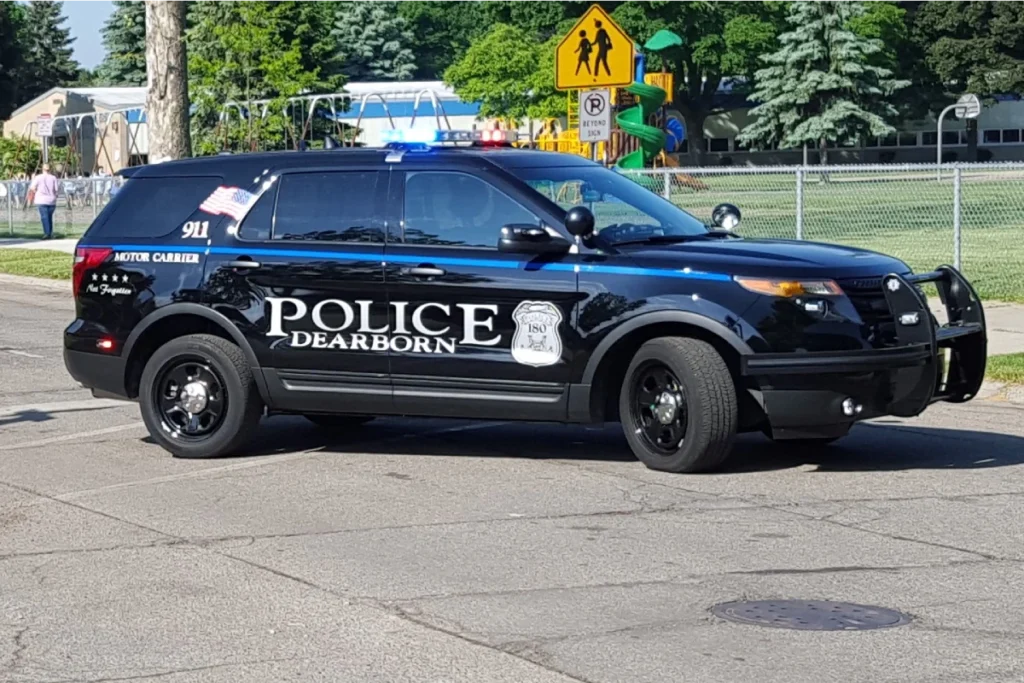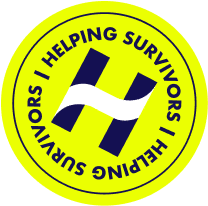A series of disturbing allegations against Vista Maria, a residential treatment facility for girls, have come to light, further complicating the ongoing investigation into the disappearance of 16-year-old Tasia Keaton. Keaton, who has been missing since March 14, 2025, is believed to have been involved in the facility’s alleged abuse crisis, which includes claims of physical, sexual abuse, and a pattern of mistreatment over the years.
The facility, which has been under increasing scrutiny following Keaton’s disappearance, is now facing accusations from former residents who describe brutal and inhumane treatment. Janene Tague, a former resident at Vista Maria from September 2007 to July 2008, shared her harrowing experiences of physical and emotional abuse. Tague, who was diagnosed with autism while at the facility, described how she was subjected to medications that caused psychosis. When she refused to take them, she was allegedly locked in a room and forcibly injected with medication.
Tague also recalled instances where staff members used excessive force to restrain her. “They would sit on my neck with their knees or place their foot in my neck, while screaming, ‘Oh, you can breathe, you can breathe fine,'” Tague said, recalling the terrifying moments when she couldn’t breathe due to the restraints. “They didn’t care.”
The Search for Tasia Keaton Continues
As the investigation into the allegations of abuse continues, police are also focused on the search for Tasia Keaton. The 16-year-old, a victim of trafficking and abuse, has been seen with adult men since her disappearance, leading authorities to intensify their efforts. Chief Ahmed Haidar of the Dearborn Heights Police Department stated, “We’ve got federal and local law enforcement working around the clock. Her disappearance for over 30 days is deeply concerning.”
A reward has been offered for information leading to Keaton’s whereabouts, as her case has drawn national attention, particularly in light of the increasing allegations against the Vista Maria facility. Police are urging anyone who has information on Taisa’s whereabouts to contact their office at 313-277-6770. Additional information on Taisa can be found on the National Center for Missing and Exploited Children’s website.
Systemic Issues at Vista Maria
The allegations paint a grim picture of the treatment at Vista Maria, which has reportedly subjected young residents to mistreatment and abuse under the guise of care and treatment. The facility, meant to house and rehabilitate girls with troubled backgrounds, has instead been a site of ongoing alleged abuse, according to former residents like Tague.
These revelations come amid a broader conversation about systemic failures in institutions meant to protect vulnerable children, particularly those in the foster care and juvenile detention facilities. The allegations of abuse at Vista Maria echo similar cases in other facilities, where young people have faced physical violence, sexual assault, and forced confinement without proper accountability or intervention from authorities.
Growing Concerns Over Youth Centers Across the Country
Across the United States, juvenile detention centers and facilities for at-risk youth are facing an alarming spike in sexual and physical abuse allegations. Institutions that are meant to protect and rehabilitate vulnerable young people are instead becoming sites of exploitation, with a growing number of survivors coming forward with stories of mistreatment, abuse, and neglect.
In Maryland, the Charles H. Hickey Jr. School, a juvenile detention facility, has been the subject of multiple allegations of abuse over the years, including sexual assault by staff members. Survivors of abuse at Hickey have spoken out, sharing their experiences of being mistreated and victimized while in state care. The troubling history of abuse at Hickey is not isolated; similar allegations have surfaced in other facilities across the country.
In Los Angeles, the Los Padrinos Juvenile Hall, once a prominent facility for young offenders, was shut down after years of reports detailing physical abuse and sexual misconduct. Investigations revealed that staff members at Los Padrinos were involved in assaults and mistreatment of minors, leaving lasting trauma for many survivors.
These disturbing patterns are drawing increasing attention from legal advocates, lawmakers, and survivor organizations, all of whom are calling for greater oversight, accountability, and reform within the juvenile justice system.
The rising tide of abuse allegations underscores a critical need for comprehensive reforms to protect vulnerable youth in care. Juvenile detention centers and facilities for at-risk youth must be held to higher standards to ensure that they fulfill their role of providing safe, supportive environments for rehabilitation, not perpetuating cycles of harm.
How Helping Survivors Can Support Victims of Institutional Abuse
At Helping Survivors, we have extensive experience supporting survivors of institutional abuse, particularly in juvenile detention and youth treatment centers. If you or someone you know has experienced abuse at Vista Maria or any other facility, we are here to help. Our legal team is dedicated to holding institutions accountable for the harm they cause and ensuring that survivors have the support they need to heal and seek justice.
Whether you have been affected by mistreatment at Vista Maria or any other institution, Helping Survivors offers compassionate, experienced legal assistance. Contact us today for confidential support, legal representation, and to learn about your options for seeking justice and healing.








